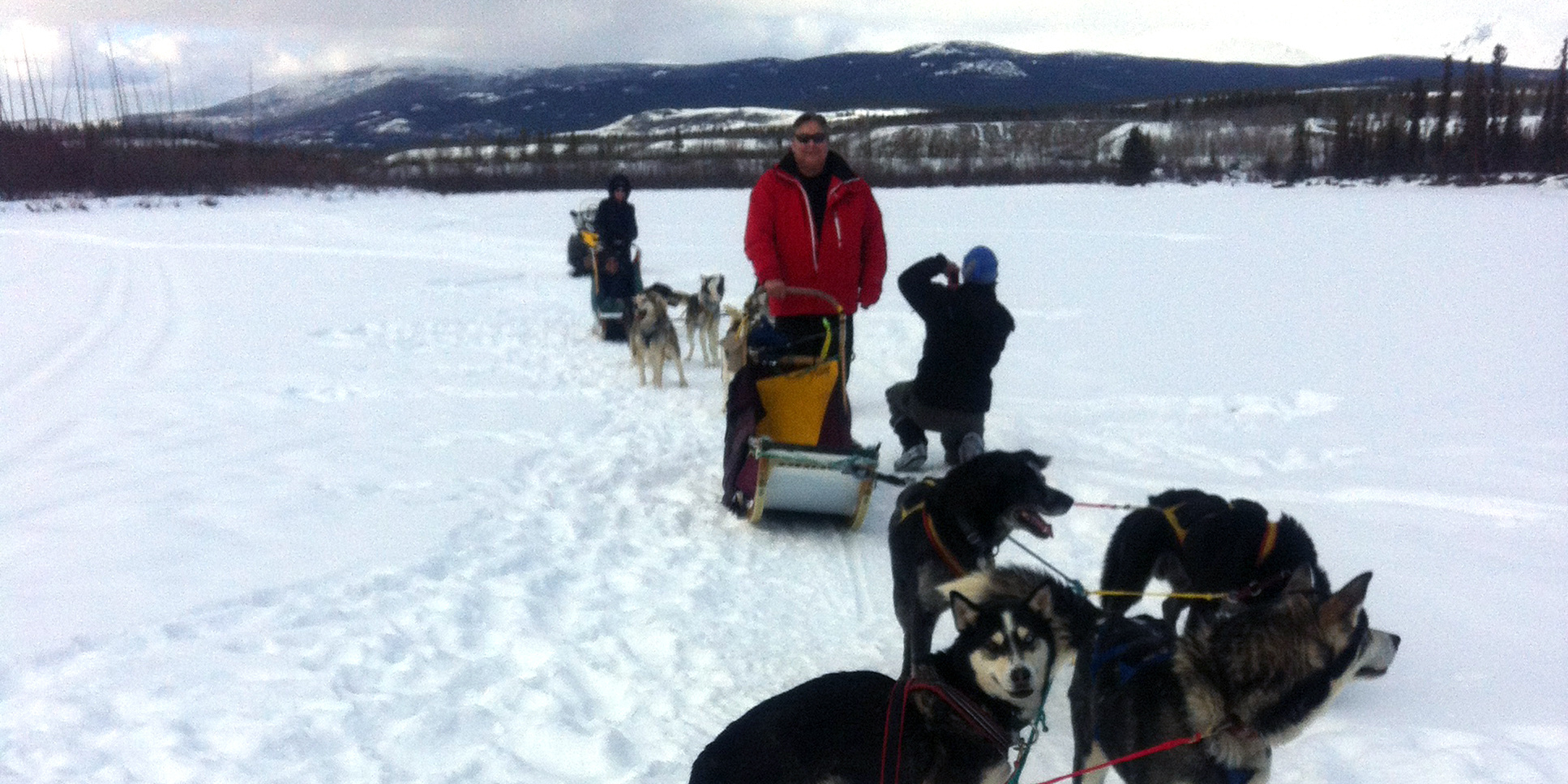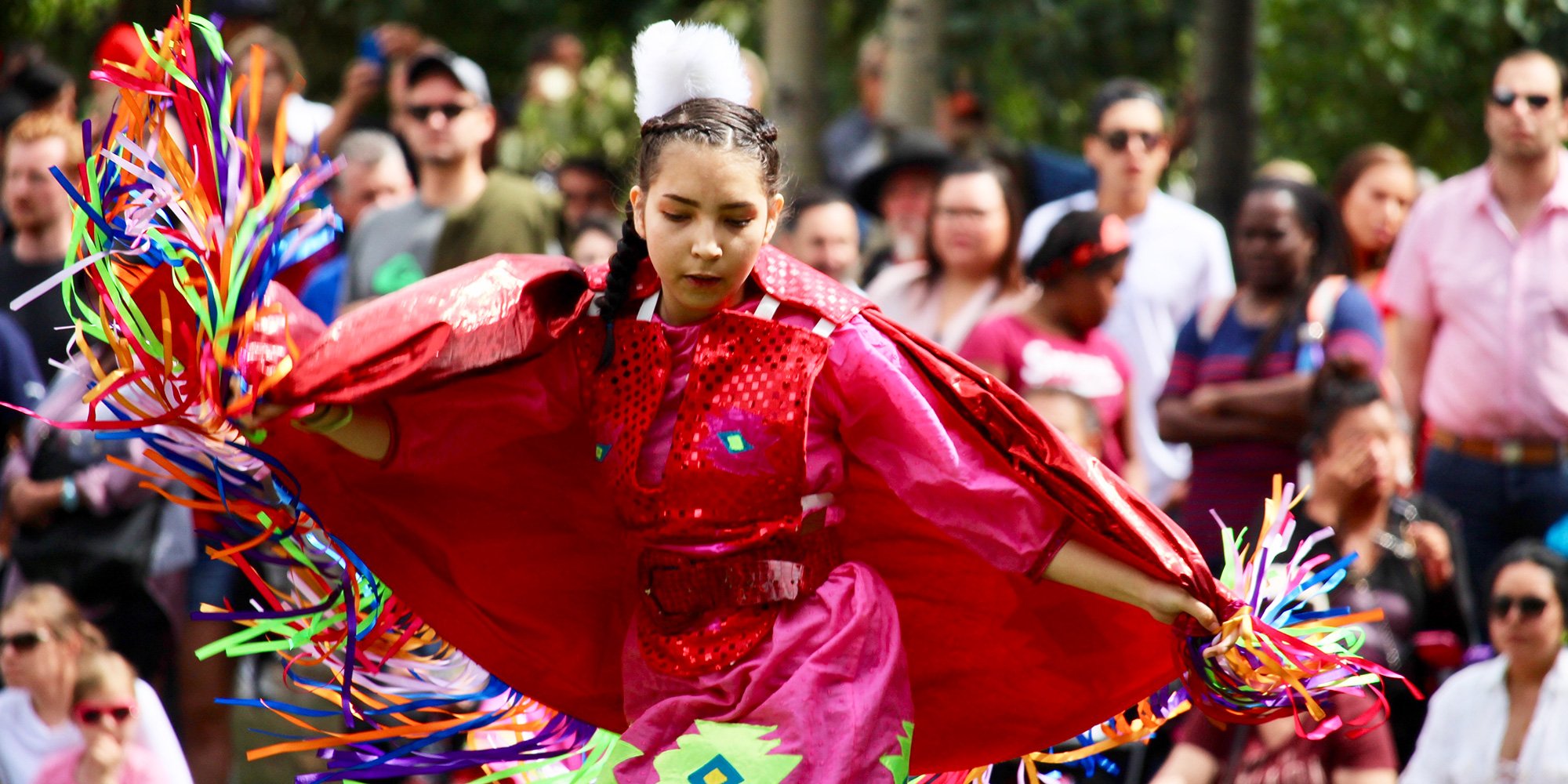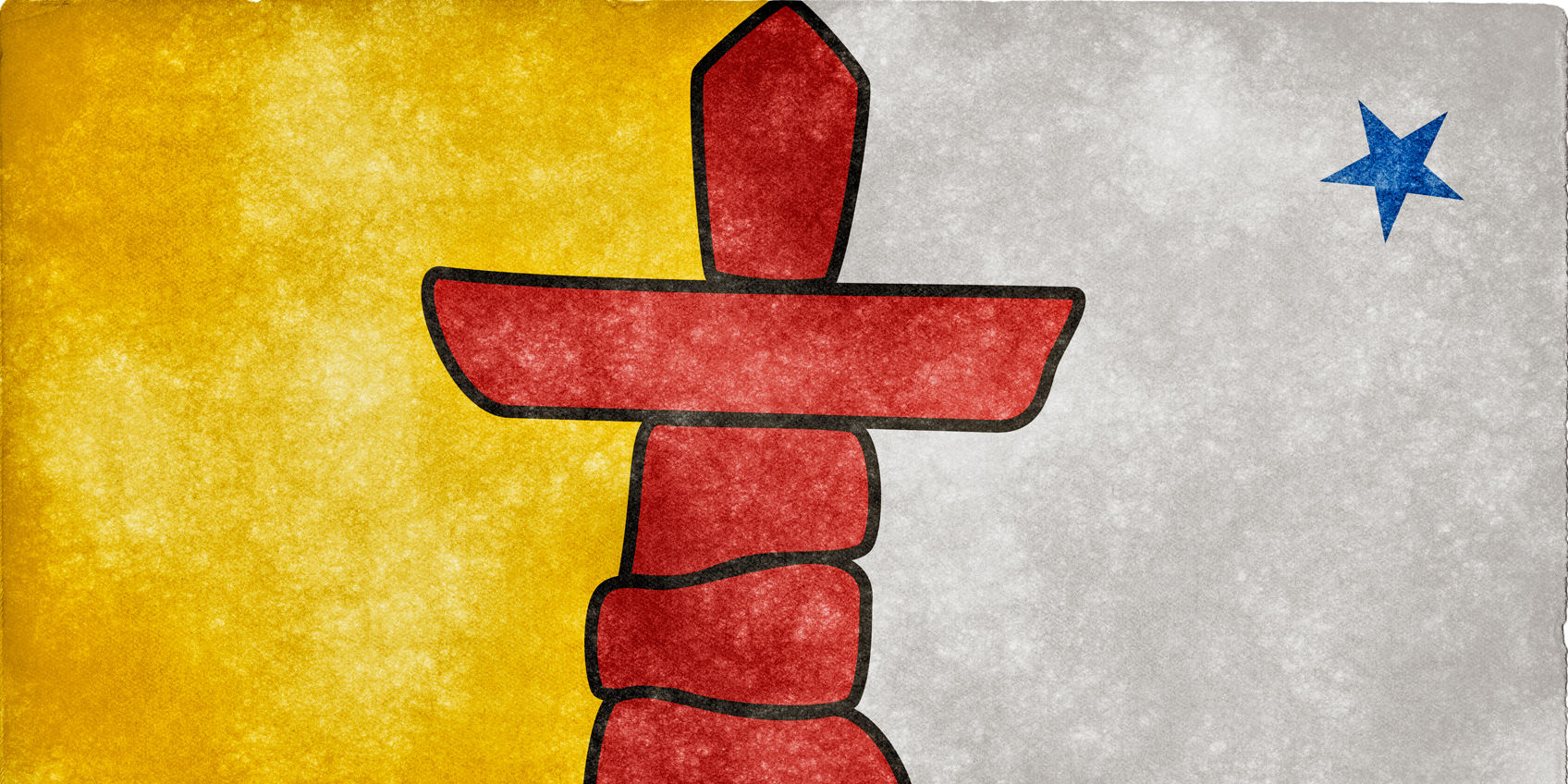The Inuit Dog and My Adventure Outside Whitehorse, Yukon
Earlier this week I delivered a pre-conference Working Effectively with Indigenous Peoples® training session at the 3rd annual Yukon First Nations...

Looking for an adventure five years ago, I travelled to a small Inuit community in Nunavut. I quickly discovered teaching Inuit children is a rich, rewarding, and learner-filled experience incomparable to past education I have experienced. Seeing first-hand the positive impact the Inuit culture had on the school was eye-opening. As I returned from my first field trip of berry picking, eating and making bannock on the land as a “Southern Outsider”, I had the privilege of witnessing Inuit students learning in a culturally respectful way.
From that simple field trip, I had an epiphany! I learned instantly that for my students their culture was of paramount importance. I understood students are in an optimal learning experience when they were able to immerse themselves in cultural experiences. I realized that by allowing myself to become immersed in the Inuit perspective, I would be a more successful teacher and leader in my school. The purpose of this article is to describe the characteristics of the Inuit worldview and explain how components of this perspective align with effective school leadership.
The elders in an Inuit community can best describe Traditional Inuit Leadership. They are the most respected people amongst the Inuit and are often the ones who people go to for advice and guidance. A Traditional Inuit Leader, according to Naullaq Arnaquq (2015), “is usually a camp leader, who was the eldest male of the family, well respected for being decisive, reliable, welcoming, and fair. Sometimes it was not the eldest male, but someone others turned to for leadership and direction. Leaders were respected because they were able to articulate their thoughts clearly and confidently” [1]
This view is very similar to the Inuit’s perspective of how they perceive a successful learning environment. A school must be welcoming, abide by the rules, everyone must be respected, and there must be a direction in which the students can follow to lead to educational success. Inuit Leadership creates a Successful Learning Environment
The eight Inuit Qaujimajatuqangit (IQ) principles encompass a body of knowledge and the cultural insights of the Inuit people into the workings of nature, humans and animals and thus are very important to the Inuit culture, community and schools. All Inuit curricula are permeated with the IQ principles. According to Preston et Al “both the Inuit laws of relationships reflected through the IQ principles align, for the most part, with how participants described traditional Inuit leadership and effective school leadership. Participants explained that traditional Inuit leadership was about welcoming, inviting, respecting, and using the skills of community members to address the needs of the community”. [2]
Each month a particular IQ is studied by the Inuit students in helping them become more in touch with their culture and making them into a well-rounded individual.
Elders are always respected and welcomed in a school setting. They hold many key components as to what makes a good Traditional Inuit Leader. According to Preston et al [3]
Traditional Inuit leadership was embodied through Elders and the way they fostered the linguistic, social, and spiritual wellness of student and school staff. Elder leadership was also the oral and physical dissemination of knowledge and culture. It embodied patience and promoted skill development of others. [4]
The Inuit have a strong sense of culture and having Elders in the school to promote this is of high importance. Their knowledge of the land, language and the past is well-received by the students and staff. It teaches the students values that can never be found in a textbook.
A school that is welcoming and community-focused, has a very high potential for success as seen through the eyes of the Inuit. Back in the day when the Inuit were nomadic, they were closely aligned to share food, knowledge and tradition. The sense of togetherness has held strong in the Inuit culture. Whether there is a tragedy or a celebration, everyone comes together to help one another. In a school setting, the whole community is welcomed to school events, feasts, and so on. It is nothing unusual to see different family members coming to visit a particular student or Inuit who does not even have children in school, drop by to chat or have a cup of tea and bannock. It is a comforting feeling for the students to have such a bond with the community. It is how their ancestors have lived and how they will continue to live.
Working with the Inuit and being immersed in their culture has changed my views of what it takes to be an exceptional leader. Having respect for people, being involved in the community, and learning from elders are just a few things that make the Inuit such exceptional people. I believe more people should make the journey to the Canadian North, to understand what it takes to become a successful leader in life.
By guest author, April A. Strickland
April Strickland is originally from Newfoundland and is a member of the Newfoundland Federation of Indians; her ancestral background is Mi'kmaq. She obtained her B.Ed at Memorial University in St. Johns, Newfoundland. Her first teaching job was in a small community called Arviat, NU. where she taught ELL for five years. This experience helped shape April into the teacher she is today, as well as sparking her interest in Indigenous Education. She is now an Indigenous Resource teacher in Burnaby, BC. As an Indigenous resource teacher, she provides culturally relevant services to Indigenous students and collaborates with teachers, parents, and the community to help increase the knowledge and understanding of Indigenous history, traditions and cultures.
[1] Arnanquq, N. (2015). Uqaujjausiat: Gifts of words of advice. Schooling, education, and leadership in Baffin Island. Toronto, ON: Women’s Press. 13
[2] Arnanquq, N. (2015). Uqaujjausiat: Gifts of words of advice. Schooling, education, and leadership in Baffin Island. 11
[3] Preston, J., Claypool, R. T., Rowluck, W., & Green, B. Exploring the Concepts of Traditional Inuit Leadership and Effective School Leadership in Nunavut (Canada). (2015)[4] Preston, J., Claypool, R. T., Rowluck, W., & Green, B. Exploring the Concepts of Traditional Inuit Leadership and Effective School Leadership in Nunavut (Canada). (2015)
Featured photo: Black Crowberries. Photo: Leonora (Ellie) Enking, Flickr.

Earlier this week I delivered a pre-conference Working Effectively with Indigenous Peoples® training session at the 3rd annual Yukon First Nations...

This is the third in our three-part series on the Indigenous powwow. The first was A Primer on the Indigenous Powwow, the second was about the...

The Nunavut Land Claims Agreement (NLCA) is remarkable on many points, but perhaps the most significant is that this Agreement gave the Inuit of...